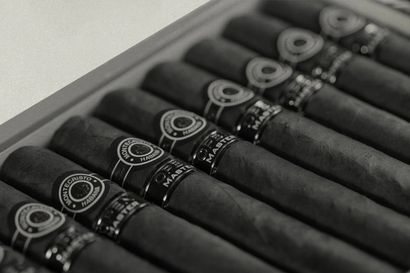For decades, James Bond has had a licence to kill – but only fairly recently was he granted a gym membership. Before Daniel Craig slipped a Walther into his holster, most of the men to take on the role of 007 were of average build, or on the slightly slim side. But then, when Casino Royale was released, and Craig splashed his way out of the water in his tiny blue trunks, the rules changed forever.
And this decision, to create a burlier, bulkier Bond, wasn’t taken lightly. Simon Waterson, who was Craig’s personal trainer during all five of his films (as well as Pierce Brosnan’s trainer on the Irishman’s last two Bond features), remembers that “it was a definite intention, to make him more imposing and to make it more shocking.”
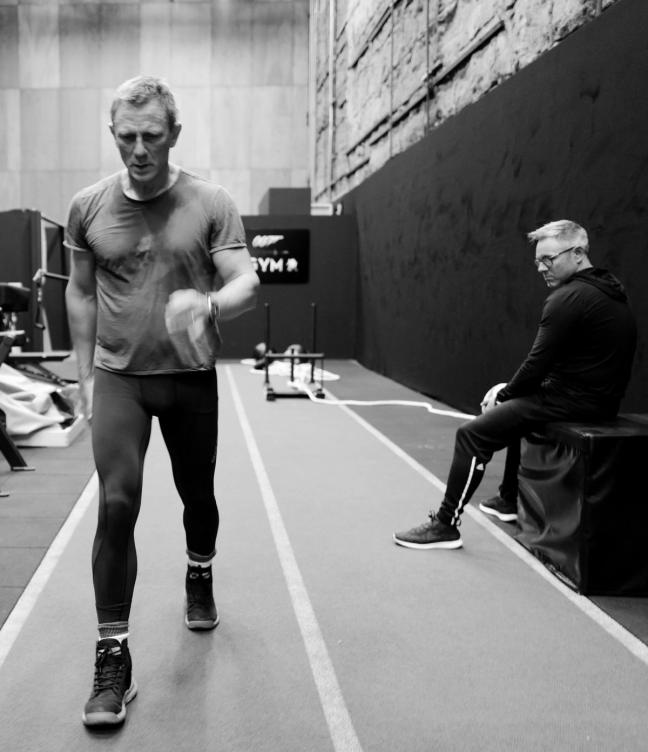
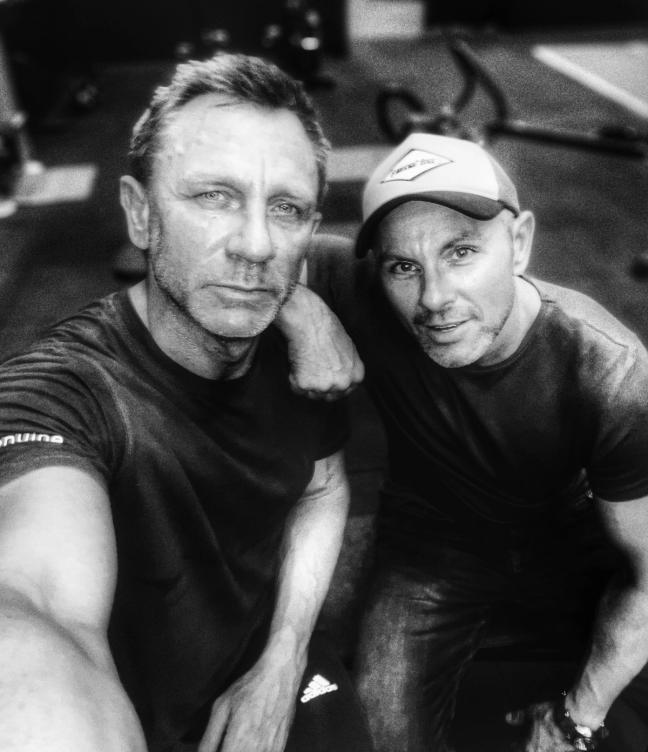
“But then training, and professionals, have become more essential for movies,” Waterson told us, “as the demand on actors has changed. Today, with the sheer amount of stunts, the workload and the aesthetic, they’re more like athletes. From Marvel to Bond, it’s really hard work.”
And still – all men want to build a body like Bond’s.
Below, we break down Bond’s body, film by film, and ask Waterson how he did it…
For Casino Royale, dynamic training added realism to the role

“The biggest thing,” says Waterson, of Daniel Craig’s debut, “was that he had to look as if he was capable of doing the job he does. So, that was the first thing – the aesthetic thing. And then, performance-wise, he also had to have athletic ability”.
The first film with a new Bond is always tough. But Waterson, who’d already helped Brosnan through The World is Not Enough and Die Another Day, was more than up for the challenge. And he created a workout regime for Craig that allowed his Bond to both perform his stunts and look realistic doing them. “Take that opening sequence,” says Waterson. “He had to not only look great, but also jump down from a building, over a fence, then up some scaffolding. The performance element had to be there, but also the capability.”
What workouts did they use? “The training for that was two-fold. It was a combination of dynamic, explosive movement, but also some heavy lifting to build muscle tissue. We always try to incorporate a bit of dynamic movement into everything; so, you’re looking at mountain climber press-ups and own-weight body dips”.
For Quantum of Solace, 007 slimmed down
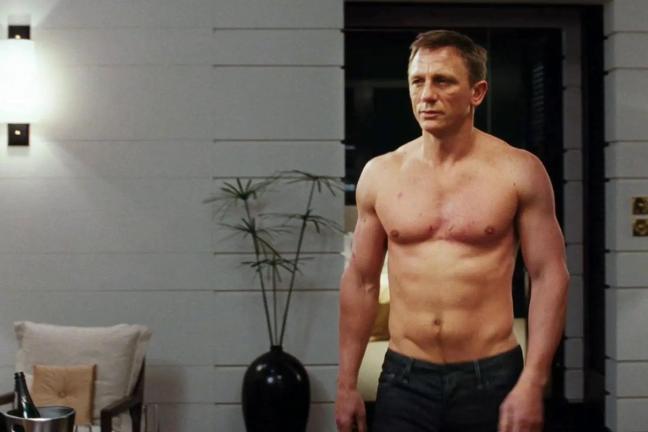
It’s true. Though Craig may have looked every inch as burly as he did in Casino Royale, the actor’s second outing as the superspy actually saw him lose a little weight. “That was a conscious decision,” reveals Waterson. “The character evolved. And, as the character’s mentality evolved, his physicality had to evolve at the same time. Daniel also didn’t want the audience to see the same thing twice – so, we decided to drop 10lb of overall mass, whether that be muscle or fat.”
It was a reasonably easy ask. Waterson says that he always sticks to a similar, simple range of exercises when training film stars (he has also worked with Jake Gyllenhaal, Luke Evans and Chris Pratt). To build muscle, he gets clients to increase the amount of weight used in workouts, but lower the number of reps. To maintain muscle, it’s the opposite: lower the weight, increase the reps. And that’s exactly what they did for Quantum.
What workouts did they use? “We stuck with the same things, but messed with weights, reps and tempos. So, some circuit-based training, but split-routine. So, we’d split down into back and biceps, sprinkling cardio in between that. We’d also make use of the accumulated method, where you do one exercise for [the] back, and then [add] another, and another. So, you’re still getting that fatigue, but you’re also raising your heart rate”.
For Skyfall, the slim-fit suits needed to be considered

“The suits,” says Waterson, “then came to be a little more fitted – and it was a conscious decision to make the character faster, more efficient, and his physique represented that. I always work closely with the costume department, because they need to know sizes and fits. But you don’t want to look like you’re wearing an oversized suit just because you’ve developed a nice set of muscles. It wants to be a nice, well-fitting suit, but it can’t be too tight – because then you’re restricting movement and comfort.”
Skyfall, then – a film in which a trimly tailored Bond has a fistfight atop a train, jumps aboard a moving tube carriage and uses a Komodo dragon as a stepping stone – became all about keeping Bond buff, but making him fast. Whether sliding down an underground escalator or running at full tilt down Whitehall, Waterson admits that this was a challenge. “There are very few people who are doing what Bond or Daniel does in a Bond movie in a suit,” laughs Waterson. “So, you’ve got to be quite respectful with regards to physique to get them into those clothes.”
What workouts did they use? “Because we’re very aware of all the movement, we’d have a plyometric element in there – getting some up-and-down, off-the-ground exercises. So, maybe a deadlift into a press-up into a standing up and then back into a deadlift”.
For Spectre, patience was the key to success
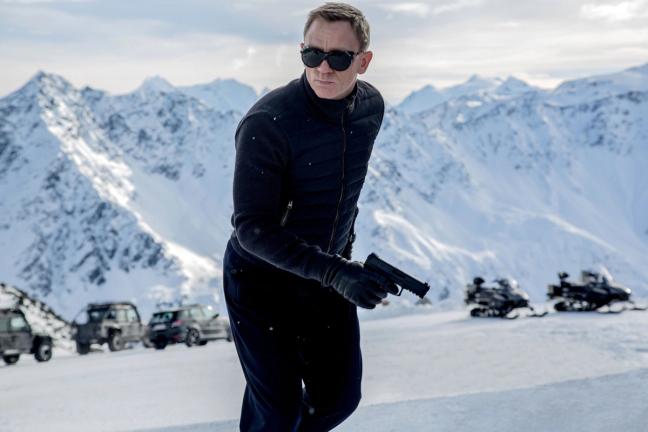
During Craig’s tenure as Bond, the actor aged 15 years. As such, Waterson had to ensure that Craig could still build an impressive body when filming Spectre, despite leaning towards his 50s.
“When you look through the five movies,” says Waterson, “the process was usually the same. But it just took a little bit longer [here] – and that came down to age. However, when you’ve built a great foundation, your muscle memory is usually quite quick and it remembers. When you go back to doing something, you’ve already got those sequences and patterns in your head. So, you get all that feeling back.
“You’ve just got to have a little more patience,” says Waterson, adding that Spectre saw Bond at the height of his talents. The beginning of the film drops us into Mexico City, where 007 is on assignment, and hardly lets up with the stunts, thrills and spills again until the denouement on the River Thames. To establish and reinforce this robustness of character, Waterson focused on two key tenets: strength and stability.
What workouts did they use? “We would start with goblet squats on a BOSU Balance Trainer to create instability, which was great for legs and great for core. And then, for some more core exercises, we did a lot of roll-outs and planks”.
For No Time To Die, Craig wanted a strong end to the saga
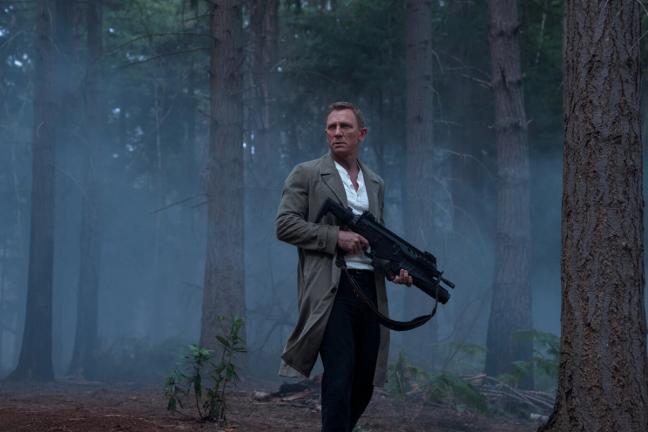
By the time we catch up with Craig’s Bond in No Time To Die, he’s living a life of solitude and retirement in Jamaica. Craig, then 51, could have been forgiven for leaning into the storyline and letting himself go a little. But, as Waterson says, neither the actor nor the producers wanted that.
“Not at all,” says Waterson. “The expectation, and Daniel’s expectation of himself, was to turn up in peak physical condition. But that wasn’t necessarily because of the aesthetic of the movie – it was because it’s hard graft. A seven-month shoot? All around the world? You’re working morning ’til night, you’re travelling, you’re in different time zones.
“So, you have to be physically fit enough to complete the movie; it’s not necessarily about being physically fit enough to look great for the movie. That aesthetic is a byproduct of work and performance. But we were still very aware that he wanted to bring all five of the movies together by staying in a somewhat similar shape, and giving the character a capable look”.
What workouts did they use? “To get a good sprinting stability, we would use double heavy bags and get those movements to the side; lateral movements; horizontal movements; box steps. All of those things that are really going to get into your glutes, and allow your muscles to become really efficient. And that gives you the power and strength for sprinting”.
- For more of Simon Waterson’s fitness tips, his book, Intelligent Fitness: The Smart Way to Reboot Your Body and Get in Shape, is available now
Want more 007? This is the definitive ranking of James Bond actors...

Become a Gentleman’s Journal Member?
Like the Gentleman’s Journal? Why not join the Clubhouse, a special kind of private club where members receive offers and experiences from hand-picked, premium brands. You will also receive invites to exclusive events, the quarterly print magazine delivered directly to your door and your own membership card.
